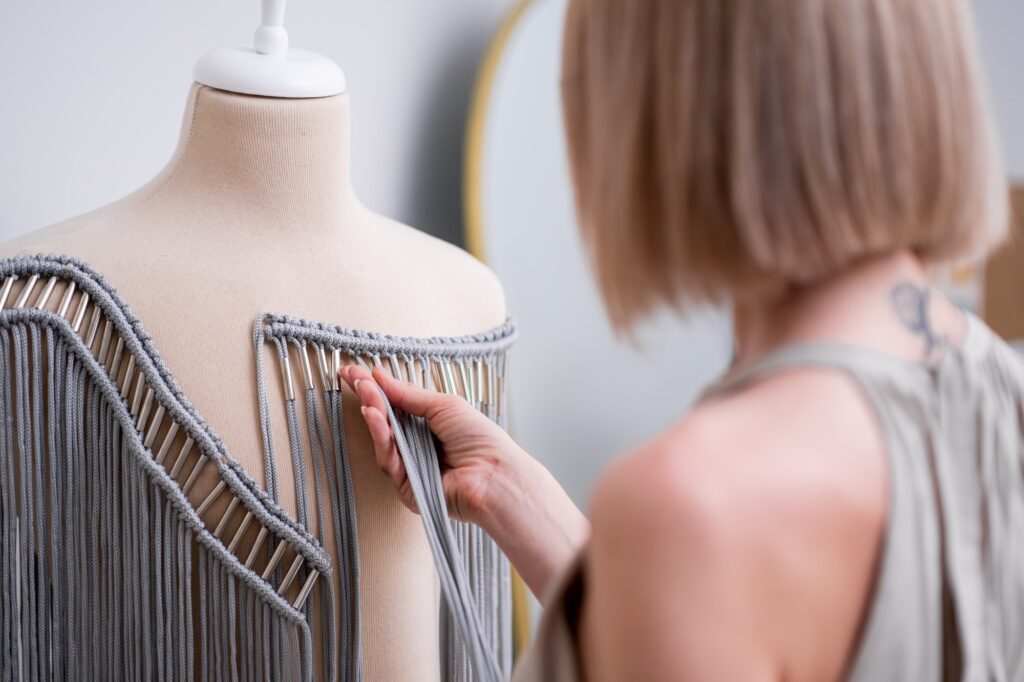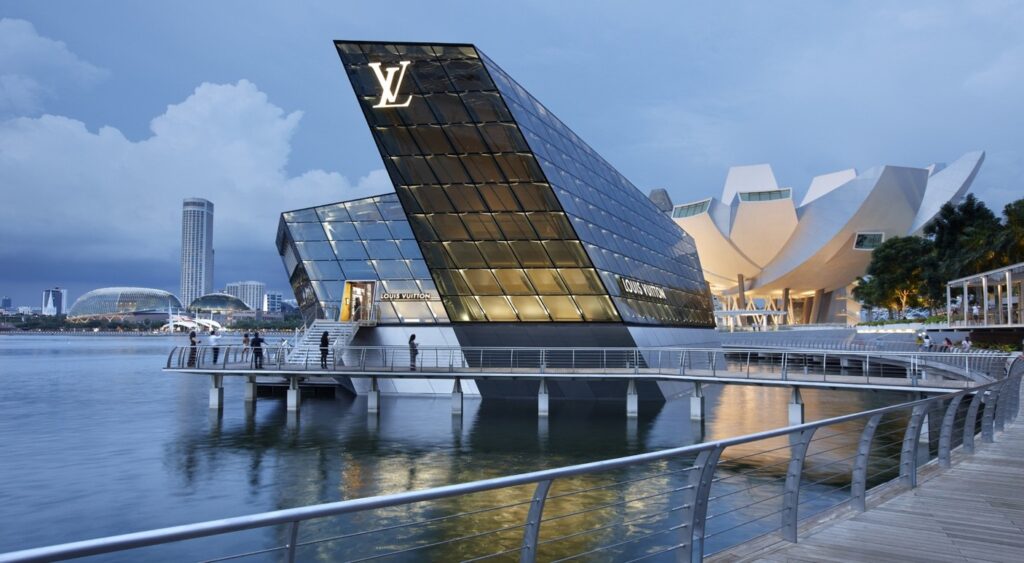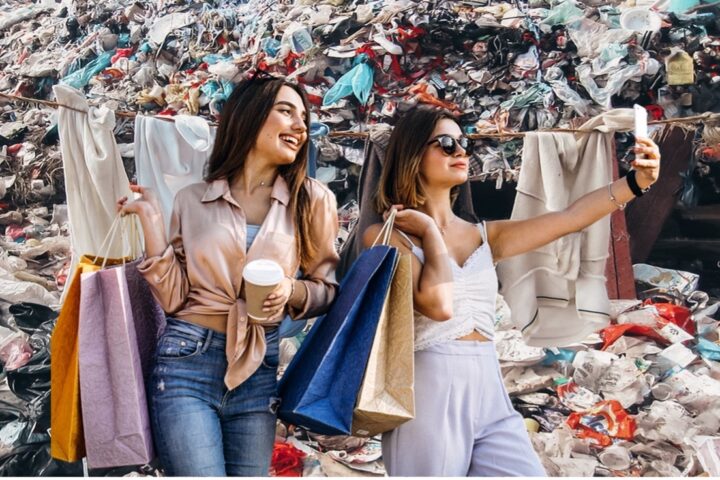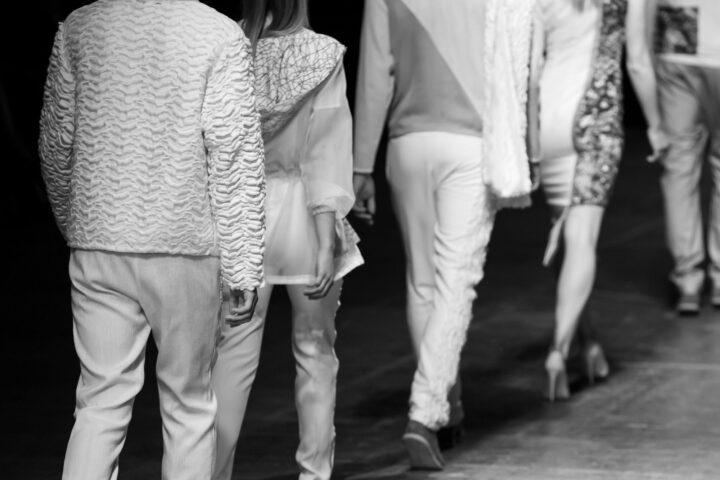In the vibrant and ever-changing landscape of retail, luxury fashion stands out for its unique allure, marked by high-end products, prestigious brands, and hefty price tags. This sector of the retail industry is robust and resilient despite economic ups and downs, which raises an interesting question: Why are consumers attracted towards investing in luxury fashion items, even at a considerable expense? The psychology of luxury consumers is a complicated yet interesting topic which has captivated the attention of several marketers, psychologists, and sociologists for over a decade.
The Quest for Prestige:
Luxury goods are powerful symbols of achievement, money, and social status in addition to having intrinsic value. Possession of items from luxury labels such as Louis Vuitton or Hermes goes beyond simple style preferences. These objects serve as status markers since their emblems and designs signify prosperity and a certain place in society. Brands are becoming status symbols due to a deep-seated psychological demand for social difference and acknowledgment. Consumers often use these luxury items as tools to carve out their social standing and to be perceived in a certain light by their peers and society at large.
The Emotional Landscape of Luxury Purchases:
Buying luxury fashion products is frequently an emotional journey that involves emotions such as happiness, pride in oneself, and indulgence. This emotional part is essential to the experience of buying luxury goods. Research on consumer behavior suggests that owning luxuries can greatly improve happiness and self-worth. Choosing, purchasing, and retaining these things turns into an intimate experience that offers more than simply the tangible objects. It is an emotional odyssey that caters to the innate human desire for joy and personal reward. This aspect of luxury purchasing speaks to the deeper emotional connections consumers develop with the products, where the act of buying becomes a reflection of their personal journey and achievements.
The Influence of Brand Reputation:
The luxury market is greatly impacted by the ‘halo effect’ connected to luxury brands. This phenomenon happens when a brand’s good qualities favorably affect how customers view its goods. For instance, Rolex’s reputation for precision and excellence casts a favorable light on all its watches, influencing how consumers perceive them, even if they have few firsthand experiences with the brand. In consequence of this effect, a strong brand image is created, and each product sold under the brand is thought to exemplify the essential characteristics and values of the company. This phenomenon emphasizes how crucial brand image and reputation are in the luxury market since customer behavior and preferences are greatly influenced by these impressions.
The Rarity Factor:
Scarcity and exclusivity play pivotal roles in the allure of luxury fashion. The principle of scarcity suggests that people are attracted to rare and hard-to-obtain items, a strategy effectively employed by brands like Supreme. These brands produce their goods in small batches, which increases demand and instills a sense of urgency in customers. This strategy maximizes the value by capitalizing on the human psychology of desiring what is scarce. In the viewpoint of the customer, luxury goods are more valuable in addition to being more attractive due to their rarity. This exclusivity factor is a key driver in the luxury market, where the limited availability of products adds to their allure and prestige.
Fashion as Identity:
Luxury fashion is a potent medium for self-expression and identity construction. It allows people to communicate their personal style, values, and affiliations, enabling them to craft and project their image and persona to the world. This aspect of luxury fashion is about constructing and projecting one’s persona to the world. It’s a form of personal storytelling, where each item indicates person’s tastes, preferences, and place in society. The ability to express one’s identity through fashion is a significant factor that drives consumers toward luxury items. In times when personal branding and identity have become essential components of both professional and social existence, this kind of self-expression is significant. Luxury fashion items offer consumers a way to differentiate themselves, and express their personality.

The Allure of Craftsmanship:
The appeal of luxury items is also deeply rooted in their quality and craftsmanship. Consumers appreciate that luxury brands often use superior materials and meticulous production techniques. This appreciation for craftsmanship is a testament to the consumer’s recognition of the skill, effort, and creativity that goes into the production of these items. The attention to detail, the use of high-quality materials, and the craftsmanship involved in creating luxury products are significant factors that attract consumers to these items. This admiration of fine craftsmanship and quality extends beyond the tangible qualities of the product to encompass what it stands for: a commitment to perfection as well as a celebration of the artistry and heritage that are inherent to high-end fashion.
The Brain’s Love for Luxury:
From a neuroscientific perspective, the act of purchasing luxury goods activates the brain’s reward centers, releasing dopamine and creating a sense of pleasure and satisfaction. This response bolsters the sense of emotional fulfillment that comes with acquiring luxury goods. The way the brain reacts when one purchases luxury goods emphasizes the profound psychological benefits associated with these purchases. It is not just the physical items that consumers are after, but the emotional and psychological satisfaction that comes with owning something luxurious. This neurobiological viewpoint clarifies why luxury goods may be so appealing and why buyers are willing to give up hefty sums of money for them.
Digital Influence: Social Media and Influencer:
Dynamics In today’s digital era, social media and influencers significantly impact luxury fashion perceptions. Influencers, who are seen as trend-setters, influence consumer tastes and enhance brand attractiveness when they promote high-end goods. The role of social media and influencers in the luxury market cannot be overstated. Luxury brands now use social media platforms as essential means of connecting and interacting with their target market. Influencers are very important in influencing the attitudes and actions of consumers because of their enormous followings and sense of authority. When influencers endorse luxury products, they not only increase the visibility of these brands but also lend them a sense of credibility and desirability. This dynamic has grown to be a key component of luxury marketing, as companies use these digital personalities’ influence to build connections with customers and boost sales.
Conclusion:
The psychology behind luxury purchases is a complex and multifaceted phenomenon. Luxury fashion items are attractive due to a confluence of social, psychological, and emotional aspects. These include the pursuit of prestige, emotional gratification, brand influence, the allure of rarities, self-expression through fashion, craftsmanship appreciation, neurological rewards, the impact of marketing, digital influence, and cultural significance. As the luxury market continues to evolve, brands that understand and cater to these psychological factors are more likely to connect with their audience. Luxury fashion gives consumers a way to express themselves, find emotional pleasure, and navigate their social environment. This combination of elements reveals the complicated tapestry that drives our attraction to luxury and emphasizes the relevance of luxury fashion in our lives.
Bibliography:
- https://linchpinseo.com/blog/the-halo-effect-how-brand-perception-influences-consumer-behavior/
- https://www.linkedin.com/pulse/how-luxury-consumers-think-uncovering-psychology-high-end-abdul-m-/
- https://www.investopedia.com/articles/personal-finance/091115/psychology-behind-why-people-buy-luxury-goods.asp
- https://www.luxuryacademy.co.uk/the-psychology-behind-luxury/
- https://linchpinseo.com/blog/the-halo-effect-how-brand-perception-influences-consumer-behavior/
- https://www.investopedia.com/terms/c/conspicuous-consumption.asp
- https://www.psychologs.com/the-psychology-of-luxury-consumerism/
- https://www.vox.com/money/23728283/luxury-designer-boom-nike-lvmh-pandemic-le-creuset
Author: Deshna Desai
 Deshna Desai has completed her BLS LLB from University of Mumbai and is currently pursuing her Masters of Law with specialisation in IPR and Tech from University of California, Berkeley School of Law. Being a fashion fanatic, she is always trying to align her passions for law and fashion.
Deshna Desai has completed her BLS LLB from University of Mumbai and is currently pursuing her Masters of Law with specialisation in IPR and Tech from University of California, Berkeley School of Law. Being a fashion fanatic, she is always trying to align her passions for law and fashion.









